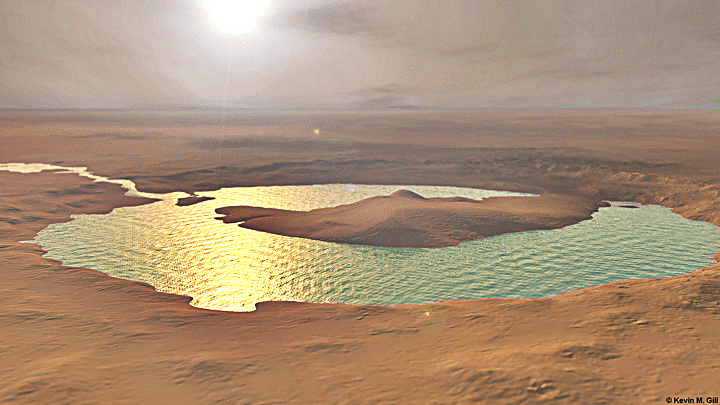The European
Southern Observatory (ESO) has announced the results of a 26-year-longobservation campaign to test Einstein’s theory of general relativity around one
of the most extreme objects in the universe: the supermassive black hole at the
center of the Milky Way.
This
incredible object, known as Sagittarius A*, weighs over 4 million times the
mass of our Sun and produces the strongest gravitational field in the galaxy.
Within this field, a small group of stars orbit at high speed and by tracking
these stars researchers were able to put theories of gravity to the test.
Einstein’s passes with flying colors.
As reported
in the journal Astronomy & Astrophysics, the researchers capitalized on
several technical improvements to the instruments available to the Very Large Telescope,
such as GRAVITY, SINFONI, and NACO. These were able to track the stars in
exquisite detail. In particular, they followed the star S2, an object that gets
closer than 20 billion kilometers (12.4 billion miles) from Sagittarius A*.
“This is the
second time that we have observed the close passage of S2 around the black hole
in our galactic centre," team leader Reinhard Genzel, of the Max Planck
Institute for Extraterrestrial Physics, said in a statement. "But this
time, because of much improved instrumentation, we were able to observe the
star with unprecedented resolution. We have been preparing intensely for this
event over several years, as we wanted to make the most of this unique
opportunity to observe general relativistic effects.”
This artist’s
impression shows the path of S2 as it passes close to the supermassive black
hole. The color effect and size of the objects have been exaggerated for
clarity. ESO/M. Kornmesser
The team
witnessed something called gravitational redshift. The gravitational field
around the black hole is so strong that it stretches the wavelengths of the
light leaving the star, making it redder. This effect is not predicted in
Newton’s theory of gravity but it agrees precisely with the value expected in
Einstein’s theory of relativity.
“Here in the
Solar System we can only test the laws of physics now and under certain
circumstances. So it’s very important in astronomy to also check that those
laws are still valid where the gravitational fields are very much stronger,” explained
Françoise Delplancke, head of the System Engineering Department at ESO.
While this
is a great success for the international collaboration, it does not mark the
end of this project. The team will continue to observe S2 and the other stars
around Sagittarius A*. They should confirm another relativistic effect soon.
The gravitational field should cause the orbit of S2 to rotate a little,
something called the Schwarzschild precession, as S2 moves further away from
the black hole.

Post A Comment:
0 comments: